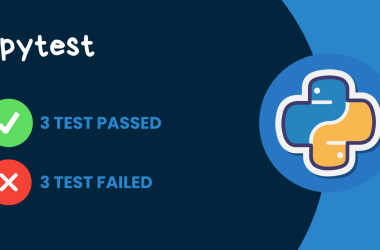How SQL Queries Are Executed Behind the Scenes
Note: The flow described below isn’t how SQL engines always execute queries internally, but rather how SQL execution is logically ordered.
1. FROM and JOINs
The engine starts by selecting the tables mentioned in the FROM clause. If there are any JOINs, it combines the tables according to the specified conditions
2. WHERE
After the tables are joined, It will filter rows based on the conditions in the WHERE clause.
3. GROUP BY
Next, grouping rows that have the same values in the specified columns (e.g., grouping by customer or product). This is useful when you want to apply aggregate functions like COUNT, SUM, or AVG.
4. HAVING
Then HAVING clause.
It filters the results of the groups, just like WHERE filters individual rows before grouping.
5. SELECT
At this point, It selects the columns. If any aggregate calculations are involved, they are performed here.
6. DISTINCT
If specified, removing of duplicate rows in the result will be performed.
7. ORDER BY
Then sorting will take place on the ORDER BY clause, either in ascending or descending order.
8. LIMIT / OFFSET
Finally, LIMIT will be applied to restrict the number of rows returned and OFFSET to skip a specified number of rows.
Example:
SELECT
t1.id,
t1.name,
COUNT(t2.order_id) AS order_count
FROM
users t1
LEFT JOIN
orders t2 ON t1.id = t2.user_id
WHERE
t1.status = 'half-blood'
GROUP BY
t1.id
HAVING
COUNT(t2.order_id) > 5
ORDER BY
order_count DESC
LIMIT 10 OFFSET 20;
Order in which SQL processes it:
- FROM and JOINs: Combines
usersandorders. - WHERE: Filters users who are
active. - GROUP BY: Groups the data by
user id. - HAVING: Filters groups where the user has more than 5 orders.
- SELECT: Selects the columns to display.
- ORDER BY: Sorts the result by
order_count. - LIMIT / OFFSET: Returns the 10th to 20th row.
any feedback about the article will make me more happy
If the article helps you, leave a like, follow, or anything 🙂.
You can follow me on LinkedIn, GitHub, Dev.to and hashnode.
Bye



